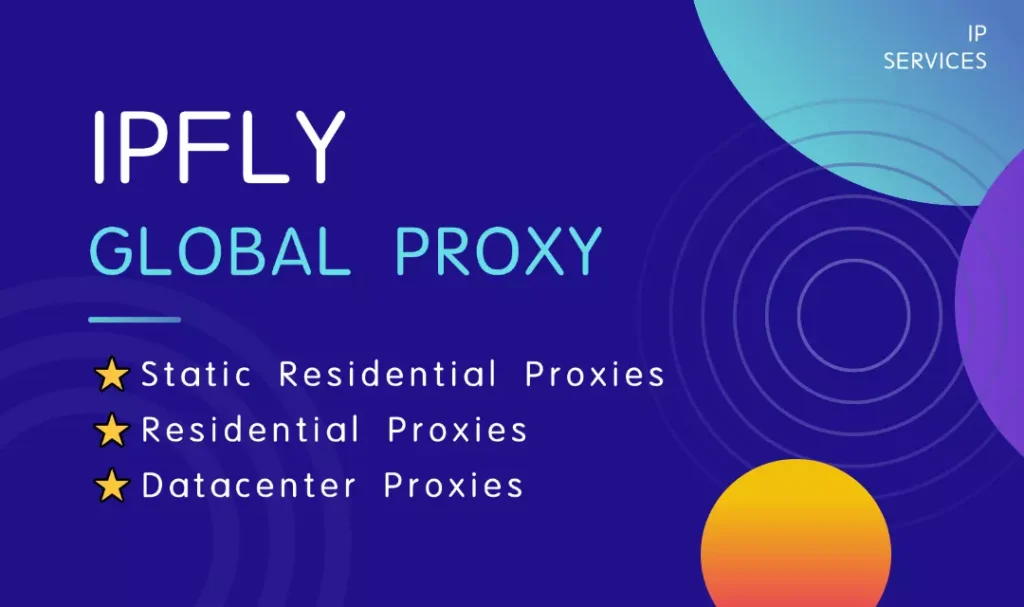In the digital era, speed and reliability are everything. Whether you’re streaming content, managing e-commerce platforms, or operating high-demand enterprise applications, milliseconds can make a difference. That’s where the concept of a proximity server enters the conversation.
A proximity server isn’t just a technical buzzword—it’s a critical tool in the performance infrastructure of modern internet services. In this guide, we’ll break down what proximity servers are, how they work, and why they’re becoming indispensable for businesses and developers worldwide.

Understanding Proximity Servers
A proximity server refers to a server that is physically or logically closer to the user or the user’s data source. The goal is to reduce latency—the delay between a user’s request and the server’s response.
Think of it as the difference between ordering food from a local restaurant versus one across the country. The closer the server, the faster the data reaches its destination.
Key Benefits of Proximity Servers
1. Reduced Latency
The main advantage of using proximity servers is speed. Since the server is located near the client or data source, data travels a shorter distance, resulting in faster load times.
This is especially critical for applications like online gaming, financial trading, video conferencing, and live streaming—where a delay of even a few seconds can cause major disruptions.
2. Improved Reliability
Proximity servers can reduce the load on core infrastructure by distributing traffic across localized servers. This results in fewer outages, more stable connections, and improved user experiences across regions.
3. Localized Content Delivery
For businesses serving users in multiple regions, proximity servers can cache and deliver localized versions of content—ensuring better compliance, faster response times, and higher satisfaction.
Content delivery networks (CDNs), for example, rely heavily on proximity server models to distribute content across global nodes.
Proximity Servers vs. Regular Servers
So what sets proximity servers apart from traditional ones?
| Feature | Traditional Server | Proximity Server |
| Location | Centralized | Near client or region |
| Latency | Higher | Lower |
| Performance Optimization | Basic | Geographically optimized |
| Content Delivery | Slower | Faster and localized |
While both types serve essential roles, proximity servers are specifically optimized for high-speed, regionalized operations.
Use Cases Across Industries
E-Commerce Platforms
Fast load times lead to higher conversion rates. Proximity servers allow retailers to serve product pages, checkout flows, and dynamic pricing updates faster—especially for cross-border customers.
Gaming and Streaming
Gaming latency, or “lag,” is the bane of every gamer’s existence. By routing users through nearby servers, proximity architecture ensures smooth, real-time interactions.
Streaming platforms use proximity-based routing to deliver high-definition content with minimal buffering, especially in bandwidth-sensitive regions.
Financial Services
Milliseconds can mean millions in high-frequency trading. Proximity servers located near stock exchanges ensure traders get real-time data and execute trades faster than competitors relying on distant servers.
Education and Remote Work
Schools, universities, and remote teams rely on video conferencing and file sharing. Proximity servers help reduce latency for virtual classrooms and collaboration tools, especially across continents.
How Proximity Servers Support Data Privacy
In addition to performance, proximity servers can help maintain compliance with data residency laws. For example, GDPR and other local data regulations often require data to stay within national borders. Deploying proximity servers in targeted regions allows businesses to store and process data locally—ensuring compliance while maintaining speed.
The Role of IP Routing and Proxies
In many cases, proximity doesn’t just refer to physical location but also to routing proximity—how efficiently data is transferred over the internet. This is where proxy services and smart routing come into play.
Using residential proxies or geo-targeted IPs, businesses can simulate proximity by making their traffic appear local, even if it originates elsewhere. This virtual proximity helps bypass geo-restrictions and optimize platform access.
Where IPFLY Fits In

Proximity isn’t just about server placement—it’s also about choosing the right tools to ensure your connection behaves like it’s local. That’s where IPFLY steps in.
IPFLY provides a wide range of proxy solutions, including dynamic residential proxies, static residential IPs, and datacenter proxies. With coverage across 190+ countries and regions, IPFLY allows businesses to achieve “virtual proximity” by routing traffic through regional IP addresses. This means:
- Lower latency connections
- Better access to geo-restricted content
- Enhanced success rates for automation or scraping
- Stable sessions for platforms sensitive to location changes
Whether you’re accessing global marketplaces, conducting local ad verification, or running high-frequency bot tasks, IPFLY’s smart proxy routing simulates the benefits of proximity servers—even if your actual infrastructure is elsewhere.
In enterprise environments, this can significantly enhance performance, improve user targeting, and help maintain reliable platform access without setting up physical servers in each country.
Choosing the Right Setup
When considering proximity servers or proxy-based alternatives, it’s important to evaluate:
- Your target user base
- Application speed requirements
- Regulatory data constraints
- Hosting or infrastructure budget
- Platform compliance and security risks
A combination of cloud-hosted proximity servers and reliable proxy networks like IPFLY often provides the flexibility and performance needed by modern digital platforms.
Final Thoughts
The demand for speed, reliability, and compliance has never been higher. Whether you’re an enterprise scaling internationally or a small business optimizing for local performance, proximity servers (and their virtual counterparts via proxy solutions) are key to staying competitive.

If you’re looking to simulate server proximity without deploying global infrastructure, consider integrating smart proxies into your stack. IPFLY’s high-performance proxy network lets you unlock the benefits of proximity—no matter where your users are.
Ready to level up your connection performance without building new infrastructure?Try IPFLY’s residential and datacenter proxy solutions today and bring your users closer than ever—virtually.


